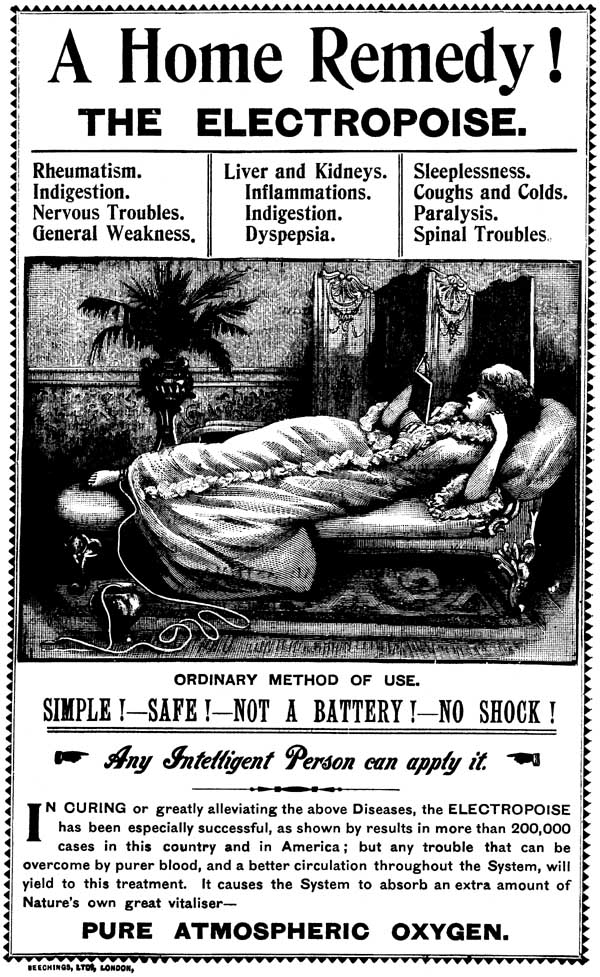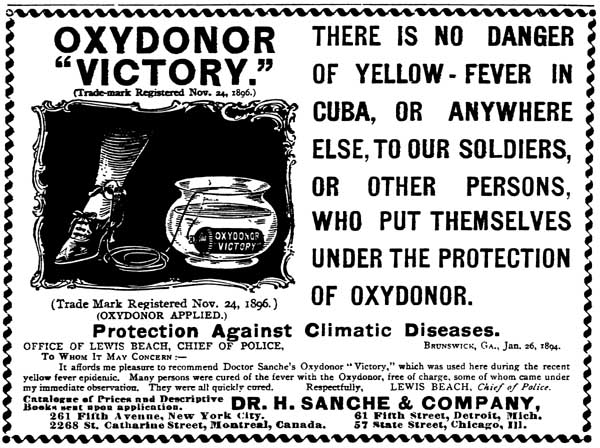The Medical Uses of Magic
Ellen R.
Kuhfeld, PhD
"Any sufficiently-advanced technology is undistinguishable from
magic."
Arthur C. Clarke, Omni, April, 1980
Magics range from the stupendous to the trivial. Let us speak of the more
useful sort. Medieval Arabs had a great reputation as wizards -- magic lamps,
flying carpets, doors that responded to the voice. In their compilations of
spells are ways to be surrounded by music from unseen musicians, to speak with
friends in distant lands, to preserve foods, to blunt swords and make camels
fight together.
Today, technology handles those needs. An airplane acts as a flying carpet, a
Walkman fills your days with music, a telephone lets you speak afar. Credit
cards are a fair facsimile of the magic lamp (proving, as wizards have always
said, that magic carries a price). Swords and camels were the stuff of war;
today electronic countermeasures bring confusion upon the enemy's weapons and
transport.
Magic has always depended upon deep knowledge of the world, long study, the
proper words and definitions; pentacles and diagrams, magical artifacts,
incantations, sources of power. If we were to take our Walkman and show it to a
council of wizards, they could easily see how it met each of those conditions.
Silicon refined under exacting rituals of purity? How is that so different from
mandrake plucked during the dark of the moon? Arcane schematic diagrams,
batteries of power...
May I suggest that any new and impressive technology qualifies as
"sufficiently-advanced"? A good example might be laser acupuncture, one of our
recent Wonders of Science. Take a traditional remedy with overtones of the
mysterious East. Add in a dash of helium-neon laser light (more impressive and
sterile than a needle). Have a techno-wizard in a white robe explain in words of
five syllables how tuned light can affect your body energies. People quit
smoking, lose weight, are freed from nervousness or pain! The latest remedy!
Magic and new medical technologies share one characteristic: neither is
wholly reliable or understood. People are willing to accept a decent batting
average, and invest a bit of faith in the ritual. Time alone cures many ills,
while the credit goes to the treatment. Add in the placebo effect, and any
harmless nostrum can build up a formidable reputation. In fact (since powerful
and effective drugs usually have side effects) an ideal quack panacea is
completely inert. It will kill none, and be credited with curing some. If a
quack strikes before novelty has had a few decades to mellow into the
commonplace, he can use the credence moderns give to the new.
In the 1890s Hercules Sanche approached this ideal, with almost no humility
but great popular and financial success. His remedy, the Electropoise, was a
sealed chrome cylinder attached by insulated wire to a metal disk.
The Electropoise "... is a thermal instrument with an electrical force
simulating the nervous current, and evidently acting through trophic
nerves.
"When the polarizer is placed in cold water or upon ice, and the plate
attached to wrist or ankle or over other parts of the body as may be required,
the warmth of the body upon the plate at once brings this thermal influence
into action.
"The effects are a generally distributed and accelerated circulation,
with stimulated nutritive function in every tissue. The respiration deepened
and more oxygen absorbed. The secretions of stomach, liver, and all the
digestive organs are increased..." (From an 1895 brochure of the
Electrolibration Company).

Stripped of the incantations, the skeleton facts are this: your Electropoise
took a cold bath for you while you rested, attached to it by a cord. Absolutely
harmless, unless you had a skin reaction to chromed brass; while the ritual of
getting the bowl of ice water, setting it next to the couch, and strapping on
the electrode would greatly enhance the placebo value of the device.
The Electropoise depended upon coincidence: start using it just as your
body's natural healing powers took command, and it would become associated with
healing power. Once Sanche had set up the association, he capitalized on it,
regularly announcing improvements and raising his prices.
This was not necessarily a bad thing. As some psychiatrists say, "the price
is part of the treatment." An expensive medicine is used more faithfully, and
with greater expectation of results. Sanche's cure would help many people even
today: half an hour's rest and reading, warmed by the virtuous feeling that you
are doing the best thing for your health.
A physician has explained this quite effectively. (Harding, 1930): "A man
comes to me and I find that the only thing in the world he needs is eight
glasses of water a day. Can I tell him that and hope to retain his respect and
his patronage? Of course not. So I prescribe a harmless tablet to be taken eight
times a day with a glassful of water. Eventually he is cured; he extols the
tablet and he returns and sends others to the smart doctor. It is not scientific
but it is necessary. What else can I do?" If the patient would benefit from a
period of quiet contemplation in the daily routine, the Electropoise was the way
to go -- even without the physician as an intermediary.
In fact, if Sanche had advertised the Electropoise and its successor (the
Oxydonor) as a tonic and a calmative, I'd admire the wily old devil. Sloth and
nerves are both amenable to placebos. But Sanche went on to claim his
Electropoise could cure yellow fever and a myriad other diseases. This is beyond
the powers of a piece of brass tubing, filled with industrial slag in its later
incarnations. Here, harmless and entertaining stage magic crosses over the line
into something more akin to real Devilry. And it is also the place where
creative use of the placebo effect becomes charlatanism.

Magic is wonderful stuff -- but though the uninitiated may not be able to
tell it from advanced technology, both the magician and the technologist had
best keep track of the distinction. They are, after all, the ones with the
training. The rest of us depend upon their honesty.
References:
The Electrolibration Company's 1895 brochure supplied the illustration of the
reclining lady. They were the London distributor of the Electropoise.
Harding, T. Swann, Fads, Frauds and Physicians (The Dial Press, New
York, 1930)
Idries Shah, The Secret Lore of Magic
Home

